Optimal Timing for Storm Restorations
Understanding the optimal timing for storm restorations is essential for effective damage repair and prevention. The best time to undertake storm restoration projects typically aligns with periods of lower storm activity, allowing for thorough assessments and repairs without interruption from severe weather. In regions like Palm Harbor, FL, late spring through early fall often presents the most favorable conditions for restoration work, avoiding the peak hurricane season which spans from June to November.
Spring and early summer offer calmer weather, making it easier to schedule and complete storm restoration projects efficiently.
Weather conditions such as heavy rain and hurricanes can delay restoration efforts and increase costs. Planning during drier months reduces these risks.
Immediately following a storm, assessments are critical. However, extensive repairs are best scheduled when weather stabilizes to ensure safety and quality.
Prior to storm season, inspections can identify vulnerabilities, enabling timely repairs before severe weather occurs.
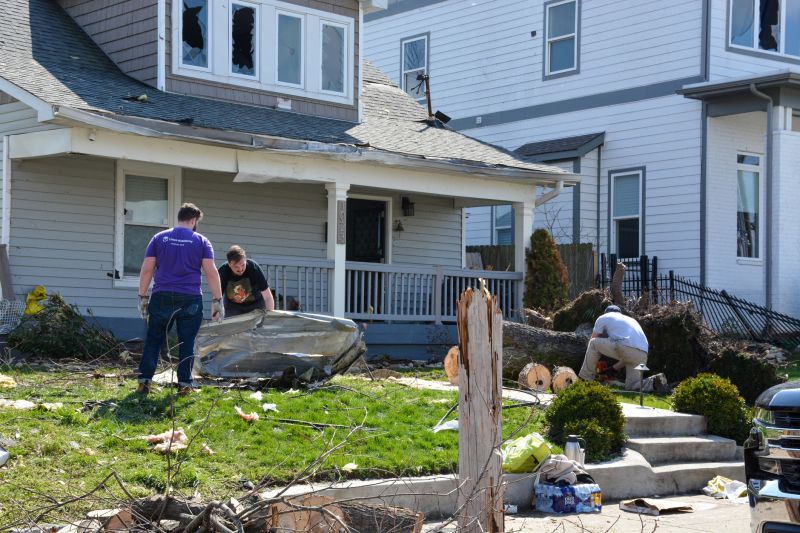
Visual inspections identify vulnerabilities before storm season.
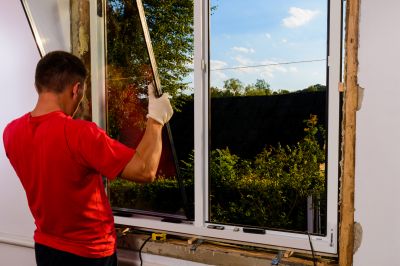
Strengthening structures during calmer months reduces damage risk.
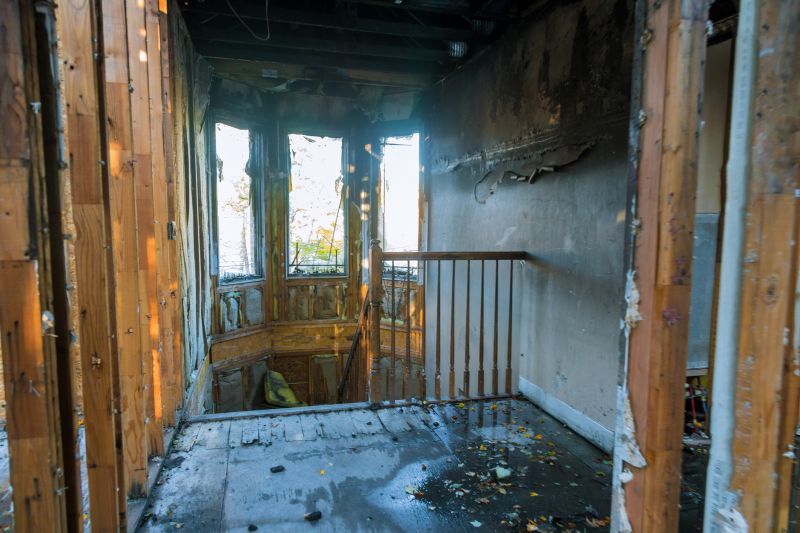
Timely restoration minimizes long-term damage and costs.

Ways to make Storm Restorations work in tight or awkward layouts.

Popular materials for Storm Restorations and why they hold up over time.
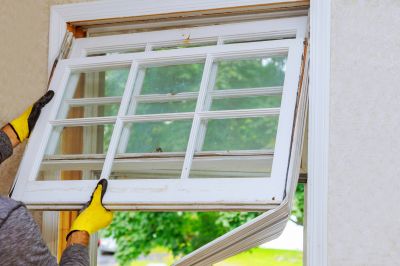
Simple add-ons that improve Storm Restorations without blowing the budget.

High-end options that actually feel worth it for Storm Restorations.

Finishes and colors that play nicely with Storm Restorations.
| Season | Optimal Restoration Periods |
|---|---|
| Spring | Ideal for planning and initial repairs |
| Early Summer | Weather generally favorable for restoration |
| Late Summer to Early Fall | High storm activity; best to avoid scheduling |
| Post-Storm | Assessment and urgent repairs immediately after storms |
Storm restorations involve repairing and reinforcing structures damaged by severe weather events. Proper timing ensures that repairs are effective, durable, and completed under suitable weather conditions. This approach helps mitigate further damage, reduces repair costs, and enhances safety. Accurate assessments and timely interventions are crucial components of successful storm restoration strategies.
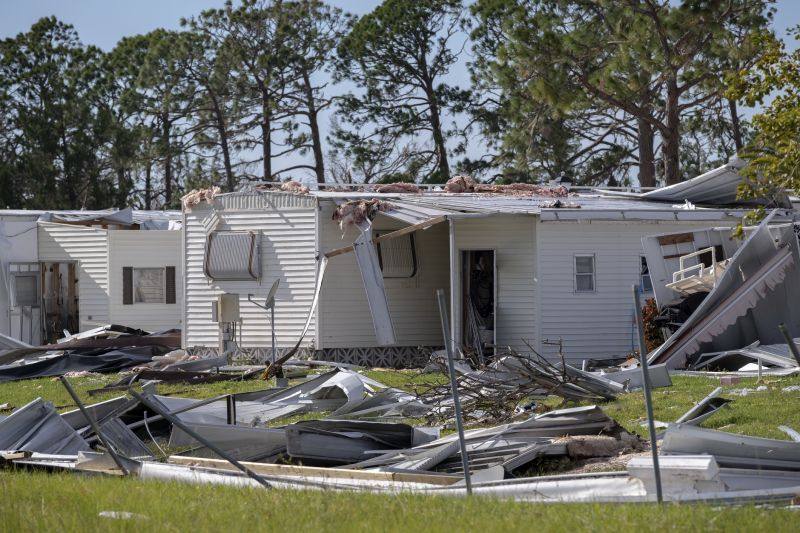
Restoring roofs, siding, and windows after storms.

Strengthening vulnerable areas before storms occur.

Identifying potential issues early to prevent major damage.
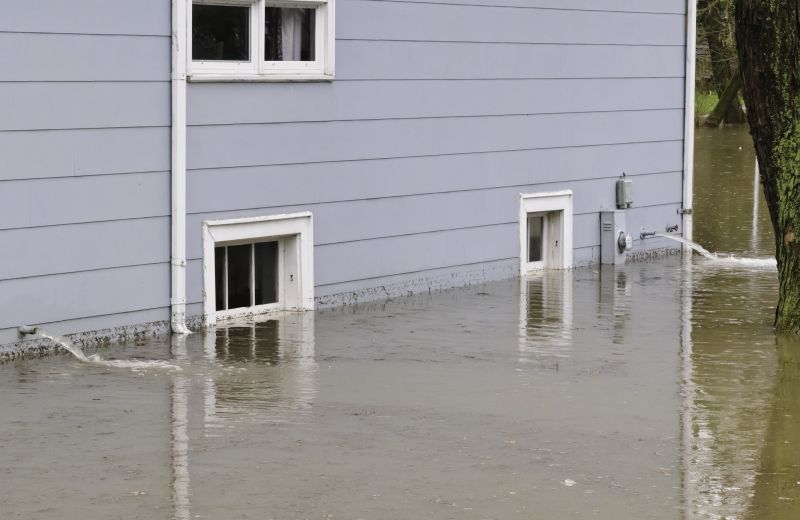
Rapid repairs following storm damage to restore safety.

Little measurements that prevent headaches on Storm Restorations day.

A 60-second routine that keeps Storm Restorations looking new.

A frequent mistake in Storm Restorations and how to dodge it.

Small tweaks to make Storm Restorations safer and easier to use.
Filling out a contact form can facilitate scheduling inspections, repairs, or consultations related to storm restorations. Early planning and intervention are key to minimizing damage and ensuring structures are prepared for future storms.

